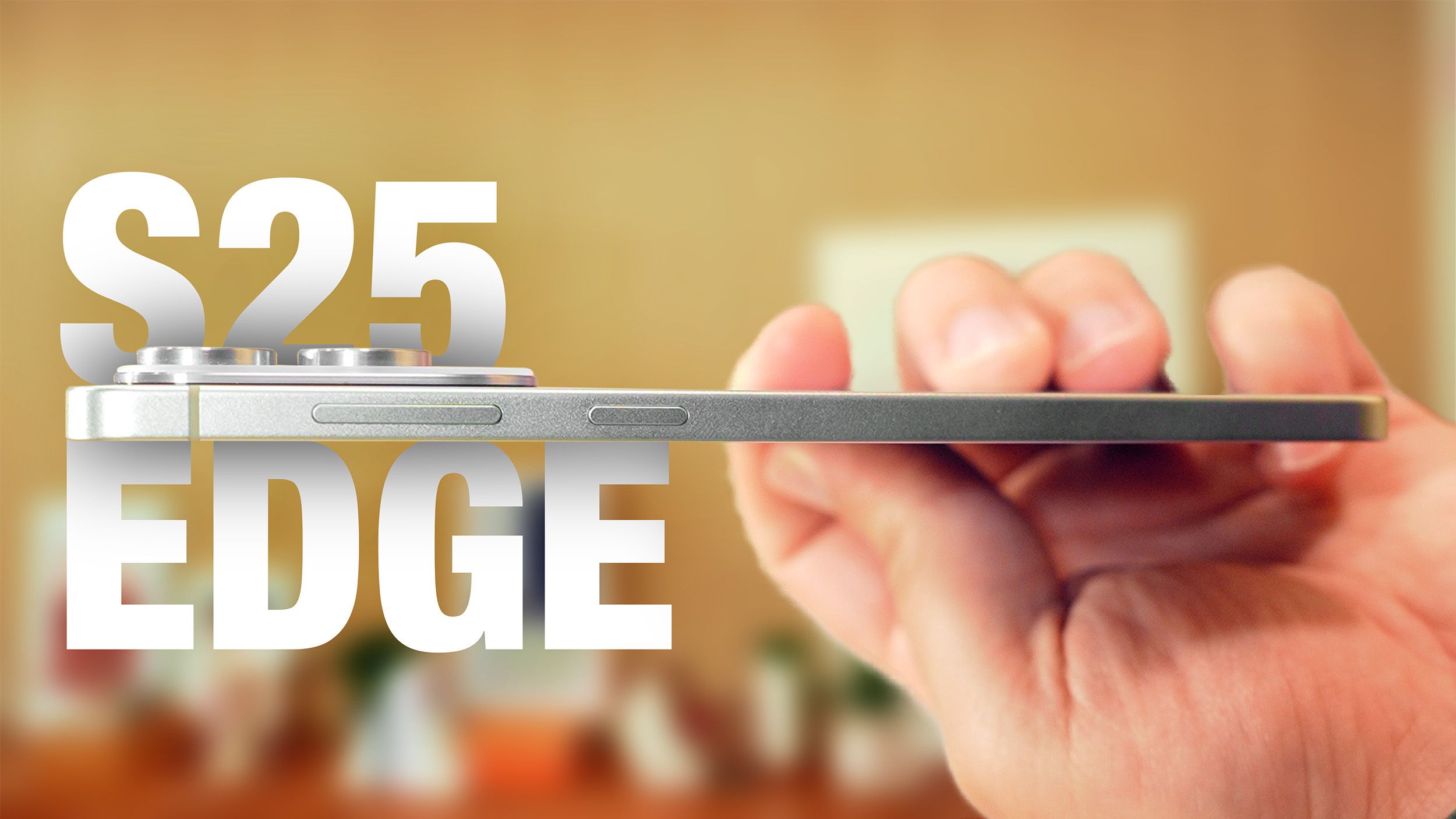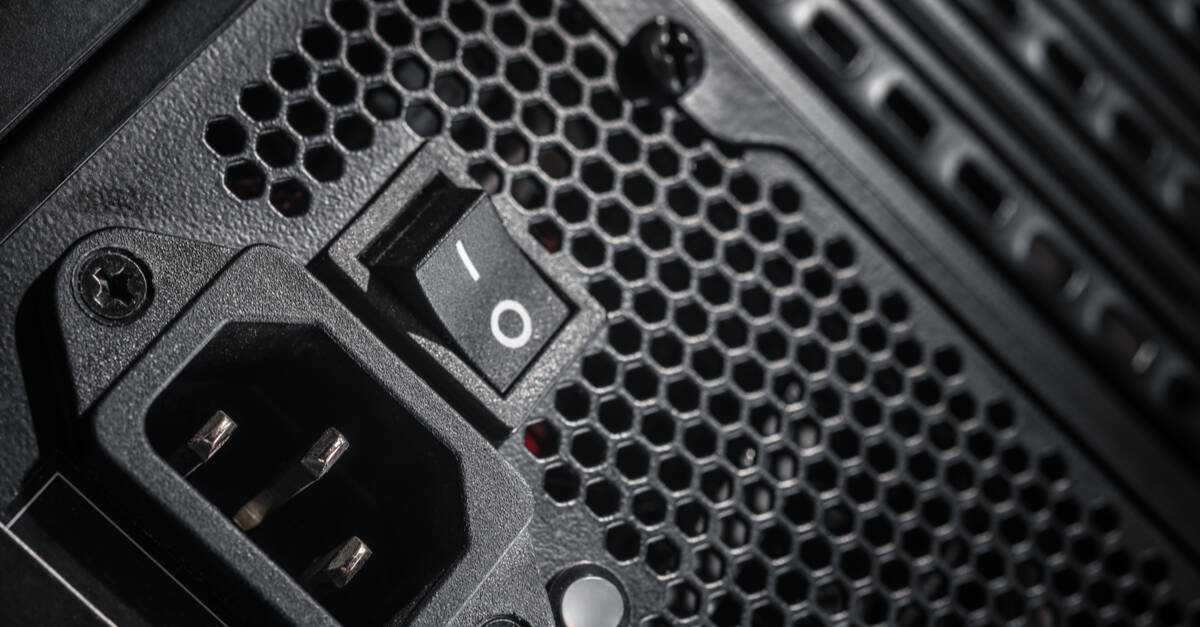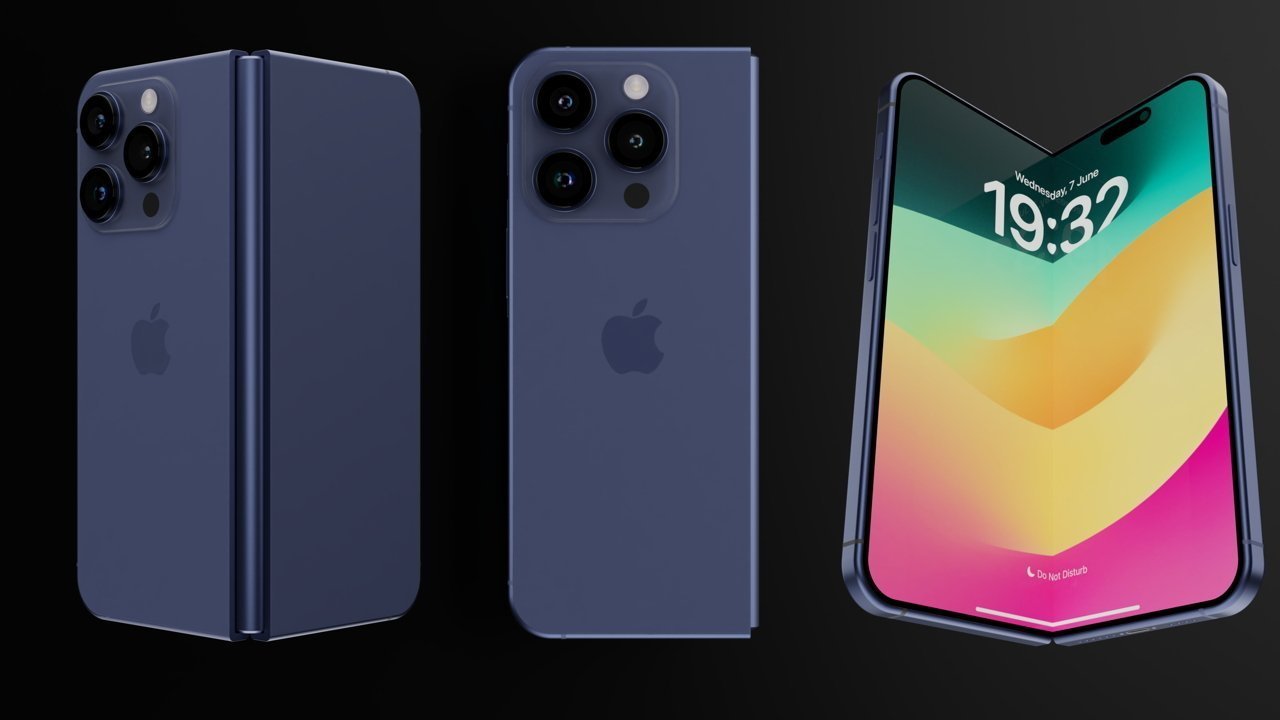
As Microsoft Forces Users to Ditch Windows 10, It Announces That It’s Also Turning Windows 11 into an AI-Controlled Monstrosity
If you’ve been holding on to Windows 10, prepare for a new reality. Microsoft is officially pushing users off Windows 10, forcing an upgrade to Windows 11. But that’s not all — the company announced a radical transformation for Windows 11, turning the operating system into an AI-controlled device with features that might redefine how you interact with your PC. In this article, you’ll learn exactly what this AI integration means, the implications for your daily computing, and why some users feel apprehensive about this “AI-controlled monstrosity.”
Table of Contents
- Why Microsoft Is Ending Windows 10 Support
- Windows 11 Gets an AI Makeover
- Features of the AI-Controlled Windows 11
- What This Means for Your PC Experience
- Concerns and Criticisms
- How to Prepare for the Transition
- Conclusion
Why Microsoft Is Ending Windows 10 Support
Microsoft’s decision to end support for Windows 10 stems from a desire to unify and modernize its user base. Windows 10 launched back in 2015, and while it’s been a reliable operating system for millions, it no longer meets the company’s vision for advanced technology integration. Ending support means no more security updates or patches, making your system vulnerable unless you upgrade.
By encouraging users to switch to Windows 11, Microsoft aims to streamline development, reduce fragmentation, and deliver the latest innovations under one roof—especially artificial intelligence capabilities that would otherwise be cumbersome to implement on older software.
Windows 11 Gets an AI Makeover
Windows 11’s makeover isn’t just cosmetic. Microsoft’s new approach leans heavily on AI to reshape how you operate your computer. With AI-powered assistants, context-aware suggestions, and adaptive interfaces, your PC will proactively support your workflow and personalize your experience.
The new AI-powered Windows uses technologies including natural language processing, predictive analytics, and machine learning embedded within the operating system — designed to anticipate your needs, automate repetitive tasks, and improve efficiency.
Features of the AI-Controlled Windows 11
- Copilot Integration: A built-in AI assistant that helps you with tasks, answers questions, summarizes content, and even helps manage schedules.
- Smart Task Automation: Your PC can now automate routine tasks like file organization, system optimization, and notifications filtering based on your behavior.
- Context-Aware Interfaces: Windows 11 adapts menus, suggestions, and settings dynamically depending on the app you’re using or the time of day.
- Enhanced Security via AI Monitoring: AI continuously monitors system behavior to detect unusual activity and potential threats faster than traditional antivirus solutions.
- Personalized Learning: The AI learns from your habits and usage patterns to tailor its recommendations and interface to fit your workflow seamlessly.
What This Means for Your PC Experience
For you, this transformation offers both exciting possibilities and potential challenges. On the upside, your Windows experience can become more intuitive and efficient. Tasks that once required multiple clicks or manual effort might become instant and effortless.
On the downside, the increased AI control raises questions about privacy, user autonomy, and system transparency. You’ll want to understand how much control Microsoft exerts over your device and data as AI automates more processes behind the scenes.
Concerns and Criticisms
The AI-controlled Windows 11 isn’t winning everyone over. Many users express concerns about:
- Loss of Control: AI decisions might override user preferences or make unexpected changes.
- Privacy Risks: Increased data collection for AI learning can feel intrusive.
- Performance Impact: AI processes can demand more system resources, affecting performance on older devices.
- Forced Upgrades: Being pushed off Windows 10 removes user choice for staying on a simpler platform.
If you want to dive deeper into these concerns, you can read comprehensive coverage at Futurism’s detailed article.
How to Prepare for the Transition
Before Microsoft forces the switch completely, here are some steps you might consider to prepare:
- Backup Your Data: Always keep your important files safe before upgrading.
- Learn About Windows 11 AI Features: Familiarize yourself with how the AI functionalities work and how to customize or disable them if desired.
- Check Your Hardware Compatibility: Windows 11 has stricter requirements; make sure your device qualifies.
- Stay Informed: Follow Microsoft updates and tech news to understand any changes as they roll out.
- Consider Alternatives: If you’re uncomfortable with the AI-driven approach, explore other operating systems or delay upgrading as long as possible.
Conclusion
The era of Windows 10 is coming to an end, and Microsoft’s vision for Windows 11 as an AI-controlled environment is poised to change how you interact with your computer dramatically. Whether this is an innovative leap forward or a step too far depends largely on your comfort with AI and privacy considerations.
Staying informed and proactive is key to navigating this transition. Embrace the changes that benefit you, and remain vigilant about your data privacy and system control.
Frequently Asked Questions
Will Windows 10 stop working immediately after support ends?
No, Windows 10 will continue to function, but it will no longer receive security updates or patches, leaving your system vulnerable to threats.
Can I disable the AI features in Windows 11?
Some AI features in Windows 11 can be customized or disabled, but many are deeply integrated, making full deactivation challenging.
Is AI in Windows 11 safe for my privacy?
Microsoft claims it prioritizes user privacy; however, AI features require data collection, so it’s essential to review privacy settings and controls carefully.
What are the minimum requirements for upgrading to Windows 11?
Windows 11 requires compatible 64-bit processors, at least 4GB of RAM, 64GB storage, UEFI Secure Boot capability, TPM 2.0, and a compatible graphics card.
Where can I find more detailed updates on Windows 11 AI integration?
You can follow reliable tech news outlets and



